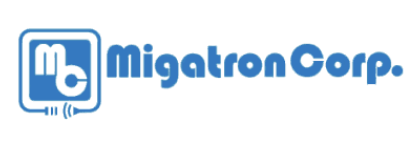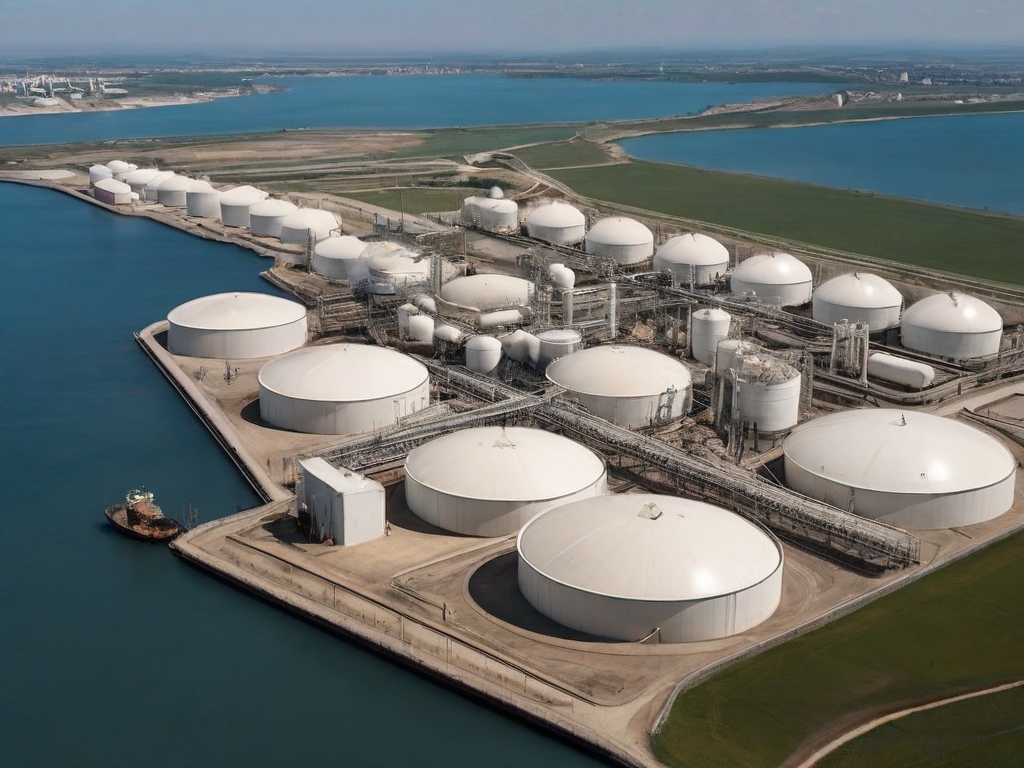When it comes to understanding the economic impact of any business decision, it’s crucial to consider both the implementation costs and the cost analysis. This is where Intrinsically Safe Store comes in, providing a wide range of products and services that help businesses navigate these complex economic considerations. Visit our website to learn more about how we can assist you in your economic impact analysis.
Understanding Implementation Costs
Implementation costs refer to the expenses incurred when introducing a new system, process, or policy in a business. These costs can include hardware and software expenses, training costs, and time spent on implementation. Understanding these costs is crucial for any business considering a new initiative or investment.
- Hardware and Software Costs: These are the costs associated with purchasing and installing new equipment or software. For example, if a business decides to implement a new inventory management system, it may need to purchase new servers, computers, or software licenses.
- Training Costs: These are the costs associated with training employees on how to use the new system or process. This can include the cost of hiring a trainer, creating training materials, and the time employees spend in training.
- Time Costs: These are the costs associated with the time it takes to implement the new system or process. This can include the time spent planning and executing the implementation, as well as any downtime or disruption to normal business operations.
Understanding Cost Analysis
Cost analysis, on the other hand, is a method of assessing the financial implications of a business decision. This can include analyzing the costs and benefits of a proposed project, comparing the costs of different options, or evaluating the cost-effectiveness of a current process or system.
- Cost-Benefit Analysis: This involves comparing the expected benefits of a proposed project with its expected costs. For example, a business might conduct a cost-benefit analysis to decide whether to invest in a new piece of machinery.
- Comparative Cost Analysis: This involves comparing the costs of different options to determine which is the most cost-effective. For example, a business might compare the costs of outsourcing a task versus hiring a new employee to do the job.
- Cost-Effectiveness Analysis: This involves evaluating the cost-effectiveness of a current process or system. For example, a business might analyze the cost-effectiveness of its current marketing strategies to determine if they are delivering a good return on investment.
Case Study: Intrinsically Safe Store
At Intrinsically Safe Store, we understand the importance of both implementation costs and cost analysis. We offer a range of products and services designed to help businesses navigate these complex economic considerations. For example, our intrinsically safe devices can help businesses reduce their implementation costs by providing reliable, cost-effective solutions for hazardous environments. Additionally, our team of experts can assist businesses in conducting thorough cost analyses to ensure they are making the most cost-effective decisions.

Understanding the economic impact of business decisions involves a deep dive into both implementation costs and cost analysis. By considering these factors, businesses can make informed decisions that maximize their return on investment and minimize their financial risk. Whether you’re considering a new investment or evaluating your current processes, Intrinsically Safe Store is here to help. Contact us today to learn more about how we can assist you in your economic impact analysis.


























